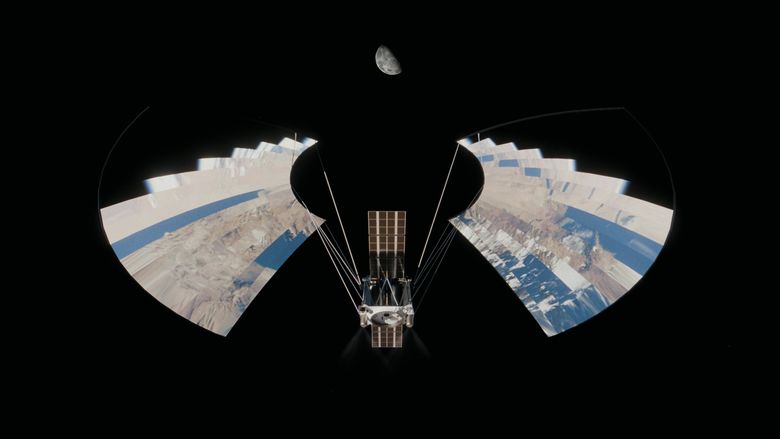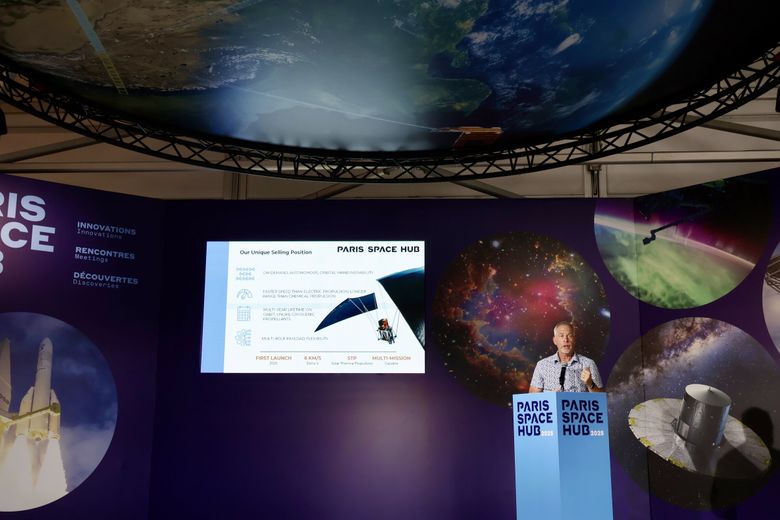seattletimes.com
Bothell’s Portal Space Systems working on an ‘unlock’ for the industry
Oct. 26, 2025 at 6:00 am Updated Oct. 26, 2025 at 6:00 am
Portal Space Systems’ Supernova spacecraft, as shown in this rendering, uses long mirrors and a proprietary system called a HEX Thruster to capture and focus energy from the sun and generate thrust. (Courtesy of Portal Space Systems)

Portal Space Systems’ Supernova spacecraft, as shown in this rendering, uses long mirrors and a proprietary system called a HEX Thruster to capture and focus energy from the sun and generate thrust. (Courtesy of Portal Space Systems)
By
Lauren Rosenblatt
Seattle Times business reporter
Portal Space Systems, a 4-year-old Bothell startup, wants to make it easier for spacecraft to move between orbits.
To make that happen, it had to dust off decades-old research on an unorthodox propulsion system and create proprietary, 3D-printed components to capture the power of the sun and turn it into thrust.
Last month, Portal completed a series of tests at its Bothell facility that it says show the technology would work not just in the lab, but in outer space. That brings Portal one step closer to the “big technical unlock” that CEO Jeff Thornburg believes the startup’s spacecraft will spark. That “unlock” will bring advancements in research and exploration and, Thornburg emphasized, prepare America to defend an increasingly contentious outer space.
Jeff Thornburg, CEO of Portal Space Systems, speaking in June at the Paris Air Show. (Courtesy of Portal Space Systems)

Jeff Thornburg, CEO of Portal Space Systems, speaking in June at the Paris Air Show. (Courtesy of Portal Space Systems)
Spacecraft right now can’t easily maneuver between orbits, said Thornburg, an industry veteran who has worked at many of the major commercial space ventures. Shifting takes a long time or burns through most of a spacecraft’s fuel, leaving it stuck in one place and vulnerable to attacks.
Portal, he continued, would bring “rapid maneuverability,” allowing spacecraft to easily travel to drop off payloads like research tools, perform maintenance on other shuttles or move away from an adversary.
“It’s a huge inflection point,” Thornburg said of Portal’s recent testing. “This is what the future looks like. We’re bringing it to reality.” |






